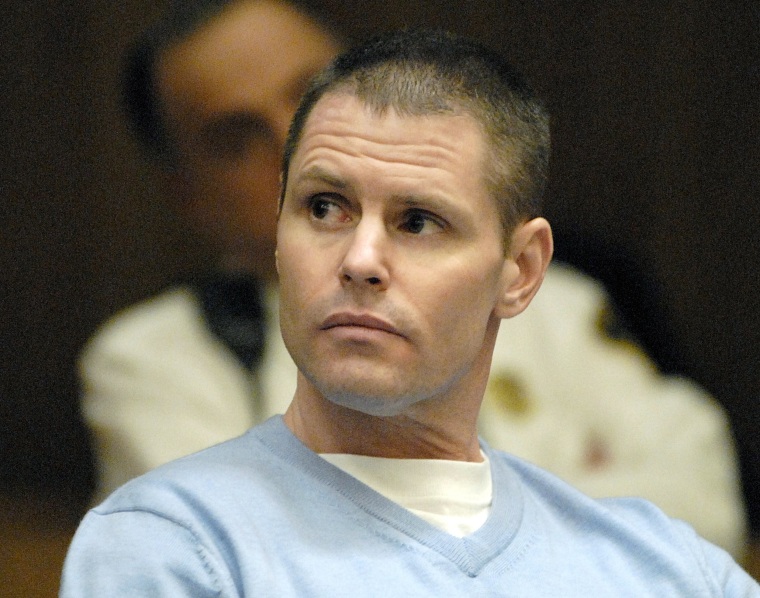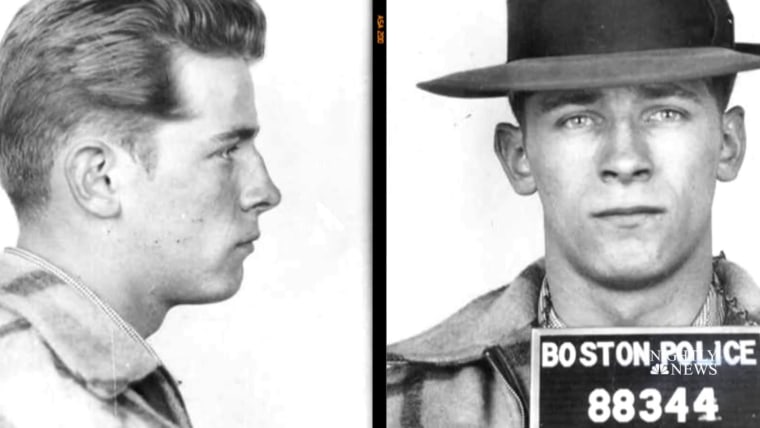The sky was darkening above Hazelton federal penitentiary in West Virginia when a prison van rolled up carrying an elderly gangster.
James “Whitey” Bulger had spent the previous eight months in solitary confinement at a detention facility in Florida. He was once one of the most feared men on the planet, a notorious underworld figure who terrorized the streets of South Boston for more than two decades. But while languishing in solitary, he confided to a prison staffer that he had “lost the will to live.”
Now he was eager to join the general population in what would be his new home.
“I got two life sentences,” Bulger, 89, told a Hazelton intake official. “I want to go to the yard.”
The staffer assessing him wasn’t sure that was a good idea.
“You sure you [want to] go to the yard, man,” the staffer said. “I saw the movie.”
He was referring to either “The Departed” or “Black Mass” — films depicting Bulger’s life of crime and years acting as an FBI informant, which the former mob boss always denied.
“Don’t believe everything you see,” he said to the intake official.
Bulger got his wish: He was placed in a unit with other inmates.
By the next morning, he would be dead.
‘I’m deteriorating’
His final hours were described in detail for the first time in a Justice Department Inspector General report released Wednesday.
The review concluded that a remarkable series of questionable decisions and bureaucratic blunders led to the killing of Bulger, who was among the most high-profile inmates in the federal prison system.
Among the missteps cited in the report:
— Bulger’s long stint in solitary confinement at the Coleman II prison in Florida was unwarranted and likely contributed to his insistence on joining the general population at Hazelton.
— His health classification was downgraded to make it easier to move him to a different facility even though he was 89 years old and dealing with a life-threatening heart condition.
— Numerous inmates at Hazelton knew in advance about Bulger’s impending arrival, and even placed bets on how long he would stay alive, because prison officials had been cavalier in how they shared information about his transfer.
— Despite the target on his back as a federal cooperator, he was placed in a unit with at least one rival mobster from Massachusetts.
“In our view, no BOP inmate’s transfer, whether they are a notorious offender or a non-violent offender, should be handled like Bulger’s transfer was in this instance,” the inspector general report said, referring to the Federal Bureau of Prisons.
Bulger spent 16 years on the run as one of the FBI’s most wanted fugitives before he was captured in California in 2011. He was convicted for his role in 11 murders and a host of other crimes, and sentenced to two life terms.
Bulger was moved to Coleman II federal prison in Florida, a facility known to be a safe place for government informants and other inmates who might need special protection, in 2014. He was placed in solitary in March 2018 for threatening a nurse.
After being locked up alone for nearly seven months, he told his case manager that he was a broken man.
“I have no quality of life,” Bulger said, according to a suicide risk assessment report cited by the inspector general. “My health is gone. I get chest pains when I eat. Chest pains when I lay down. I feel lethargic all the time. I have memory problems. I’m deteriorating.”
It was Sept. 27, 2018. Roughly 10 days later, he was approved for a transfer to Hazelton.
Internal emails went out in mid-October confirming the move. The news somehow got out among the Hazelton inmates, the report says, a detail that had been previously disclosed by federal prosecutors.
“Hey, forgot to tell u Whitey B. the celebrity is coming here,” one inmate wrote in an email on Oct. 25.
Bulger arrived four days later. Before telling the intake staffer he wanted to be in a regular housing unit, he “seemed a little rattled” and popped some nitroglycerin pills, which are used to treat chest pain and which “seemed to calm him down,” the staffer told the inspector general.
At 8:48 p.m. on Oct. 29, Bulger, who used a wheelchair to get around, was escorted into a housing unit. The cell outfitted to accommodate wheelchairs was at the end of the hall, requiring him to roll past numerous inmates — at least half the unit, the report says.
One inmate in the housing block would have been particularly interested in Bulger’s arrival.
Fotios “Freddy” Geas, then 52, was an enforcer and hitman for the New England mafia during the 1990s and the early 2000s, according to federal prosecutors, making him a direct rival of Bulger, who was the leader of Boston’s largely Irish mob.

Geas was serving a life sentence for murder and other crimes. He was an old-school mafioso — the kind who loathed “rats,” according to his lawyer.
And he wasn’t the only inmate in the unit with mob ties.
Paul DeCologero, 44, was a member of an organized crime gang led by his uncle on Massachusetts’ North Shore, the DeCologero Crew. He was serving a 25-year sentence on racketeering and witness tampering charges.
They had both been locked up at Hazelton for several years. The facility, known as Misery Mountain, was among the most violent in the federal prison system.
In the six months before Bulger arrived, two inmates had been killed.
A final photo
Bulger was secured in his cell at 9 p.m. His cellmate was a New York man who was serving a 30-month sentence on a gun possession charge.
It was not a quiet night in the unit. One inmate told investigators that several were “yelling” for an hour about Bulger being a “rat.”
At 6:10 a.m., the cell doors were unlocked, allowing the inmates to move freely within the housing unit ahead of breakfast.
Bulger’s roommate left their cell at 6:16 a.m. Three minutes later, two inmates walked in, identified by federal prosecutors as Geas and DeCologero, and closed the door behind them.
They remained inside for seven minutes –– long enough to beat Bulger into a bloody pulp with a padlock and place him in bed with a blanket pulled over his head, according to federal prosecutors.
A third inmate, Sean McKinnon, who shared a cell with Geas, acted as a lookout, according to federal prosecutors.
Two hours passed before a prison staffer went into the cell and found Bulger’s lifeless body. Prison workers gave him CPR and used a defibrillator, but they weren’t able to bring him back to life.
Bulger was pronounced dead at 9:07 a.m.
The night before, as he was being processed in the intake center, a staffer took a photo of him to keep on file.
“Who knows,” the elderly gangster said, “this might be my last picture.”
Source: | This article originally belongs to Nbcnews.com










